Block party: a multi-family house in Ahmedabad designed by Matharoo Architects
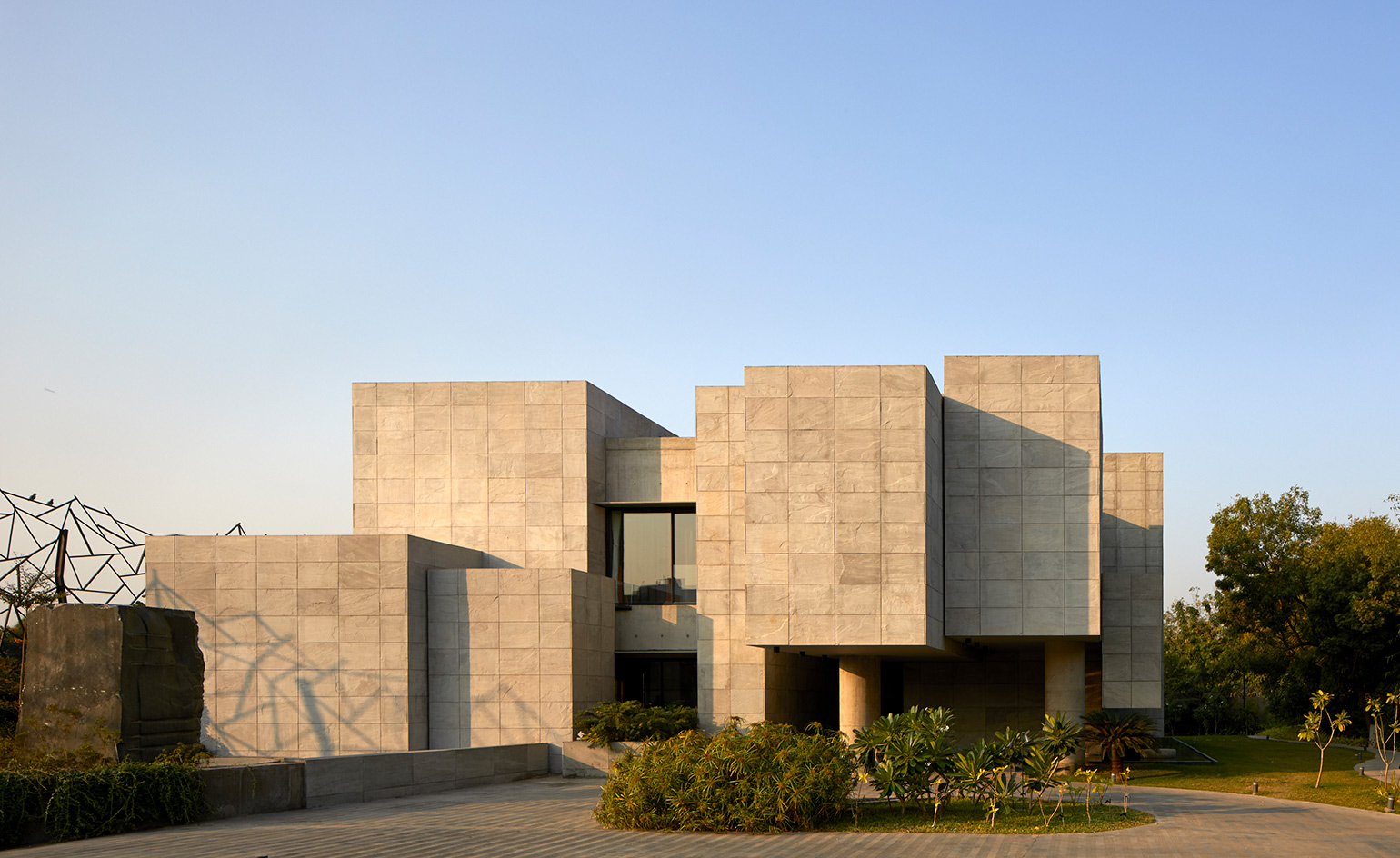
Gujarat based practice Matharoo Associates has engineered the traditional Indian concept of joint-family living for the 21st century. Designing a home in Ahmedabad for Mr and Mrs Sampatraj Chowdhary and the growing families of their two sons, the team, headed up by principal Gurjit Singh Matharoo, found a way to balance family life and family business within one plan. The house is defined by a central fissure that brings together spaces for both communal and private activities, like a puzzle.
Instead of puzzle pieces, however, the parts of this house are closer in spirit to tectonic plates. With plenty of gravitas, the cubed façade of chiselled, locally sourced Kandla grey stone rises like a solidly sculpted and impenetrable rock face – yet inside, recessed windows and multiple courtyards filter plenty of light into the house’s core.
The ‘inward-looking’ design of the house protects its inhabitants from the chaos of the outside world and a busy road running close by on the edge of the site. It creates a private interior world, with its own vernacular of natural materials, surfaces and sculptural eccentricities.
Inspired by Matharoo’s father, a structural designer, the architects challenged some of the house’s functional elements to perform in unexpected ways – starting at the double-height front door where seven bands of metal move and pivot together to open up entry into the house.
‘We like taking mundane things and adding a little delight,’ says Trisha Patel, project architect. While the door looks like it might collapse in a harmonious avalanche of colliding blocks, this only adds to its material-defying delight. The practice has a history of experimenting with large-scale doors made of moving parts, and this has been its most ambitious yet.
The sculptural staircase, constructed of super-slim concrete columns that stretch from the height of the house to the ground, offered the architects further scope for experimentation. The striking structure, which lets natural light flow through its interstices, is also used as a divider between living and dining spaces in the long central space that stretches through the plan, spanning its whole width in one part.
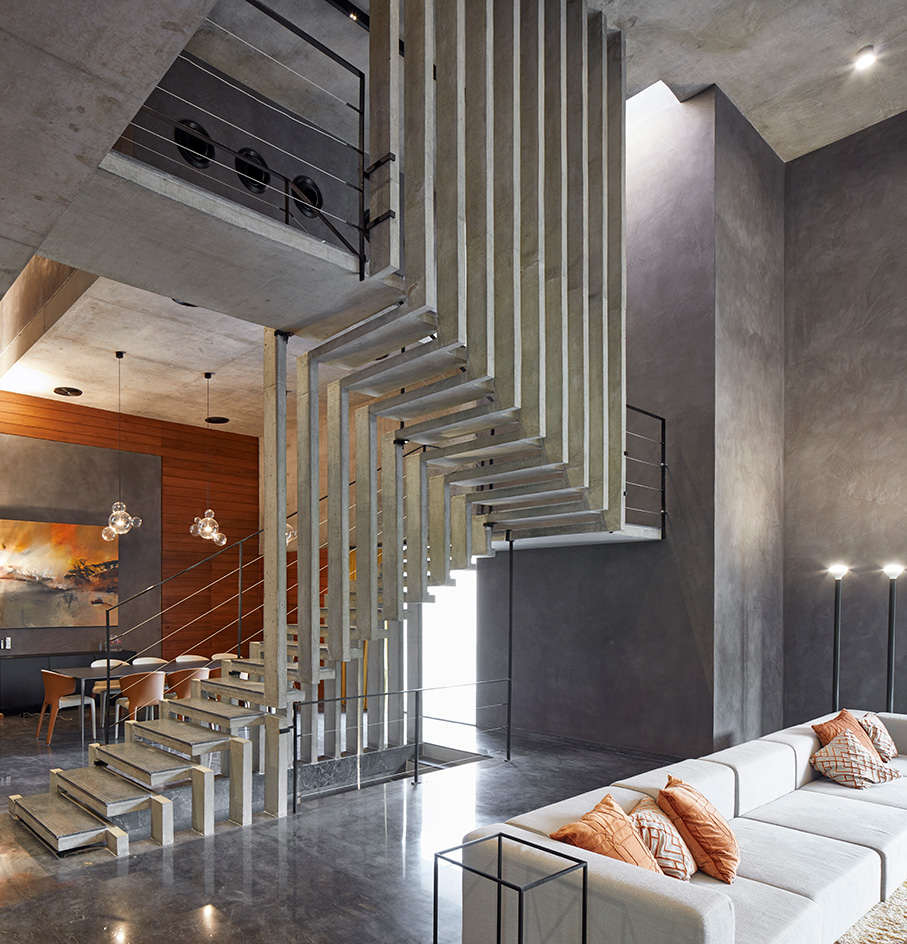
The living area and dining room are divided by a sculptural staircase made of super-slim concrete columns.
‘You can’t define its boundaries – the living room continues throughout the house,’ says Patel of the long ‘fissure’ that cuts through the property and unites all the common activities of its inhabitants. The double-height space for family, business and socialising was modelled on the concept of the chowk, a central marketplace found within most Indian villages.
The almost urban nature of the house’s master plan allows the private activity of each family – or individual – to occur within smaller rooms on each side of the fissure. These more intimate spaces are clad with aged Burma teak amassed by the clients, the panelled walls smoothly integrating storage, display niches and even a discreet entry to the family temple.
In contrast, the walls in the more communal spaces are coated with a thin layer of lime plaster, manually applied to create a brushed, rough surface, a finish traditionally used in local palaces to keep the interior cool. Each material was chosen for its ability to ‘age beautifully over time’ say the architects, who compare the house to an ‘ancient ruin’.
Outside, green creepers crawl through gaps in the exterior, a water fountain flows over a large block of Kandla stone, and reflective pools line the side of the house. A brutalist gazebo – comprising a single column supporting a monumental cantilevered roof – appears to float like an island in the flat landscape, shading a raised terrace. Landscape architect Vagish Naganur helped design the space surrounding the house, which the families intend to use for events.
The house ‘gives everybody privacy, but when required, they can all come together’, concludes Patel. And, while the concept of shared living has become less popular in India, where a single family home signals affluence and modernity, this house reasserts itself in a very contemporary, open-minded way as a communal solution to all aspects of life.
As originally featured in the April 2018 issue of Wallpaper* (W*229)
The double-height front door features seven pivoting blocks of metal with fibre sheet covering
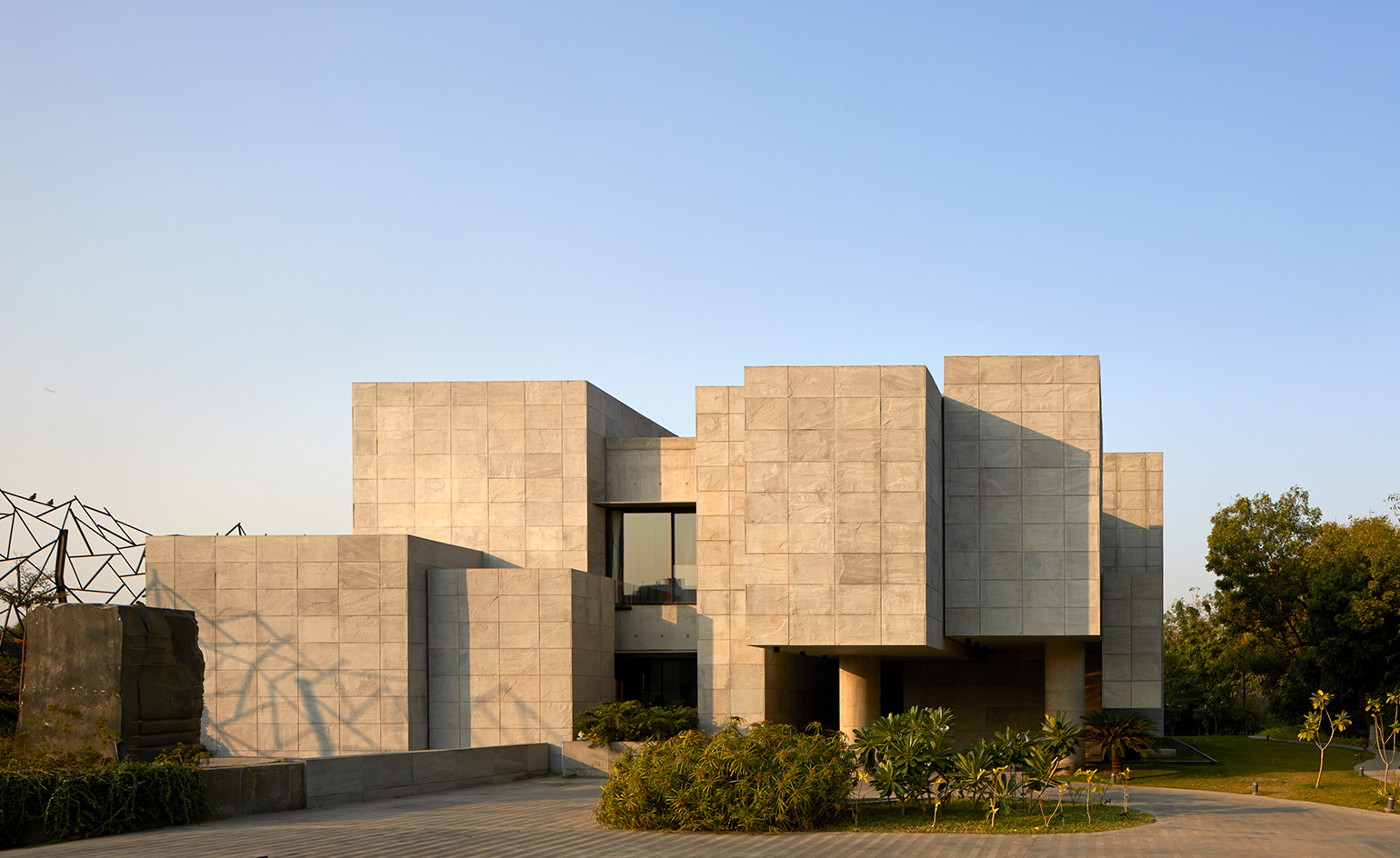
A patio area in the garden, sheltered from the sun by a monumental cantilevered roof that perfectly matches the volumes of the main house and the projecting porch
INFORMATION
For more information, visit the Matharoo Associates website
Receive our daily digest of inspiration, escapism and design stories from around the world direct to your inbox.
Harriet Thorpe is a writer, journalist and editor covering architecture, design and culture, with particular interest in sustainability, 20th-century architecture and community. After studying History of Art at the School of Oriental and African Studies (SOAS) and Journalism at City University in London, she developed her interest in architecture working at Wallpaper* magazine and today contributes to Wallpaper*, The World of Interiors and Icon magazine, amongst other titles. She is author of The Sustainable City (2022, Hoxton Mini Press), a book about sustainable architecture in London, and the Modern Cambridge Map (2023, Blue Crow Media), a map of 20th-century architecture in Cambridge, the city where she grew up.
-
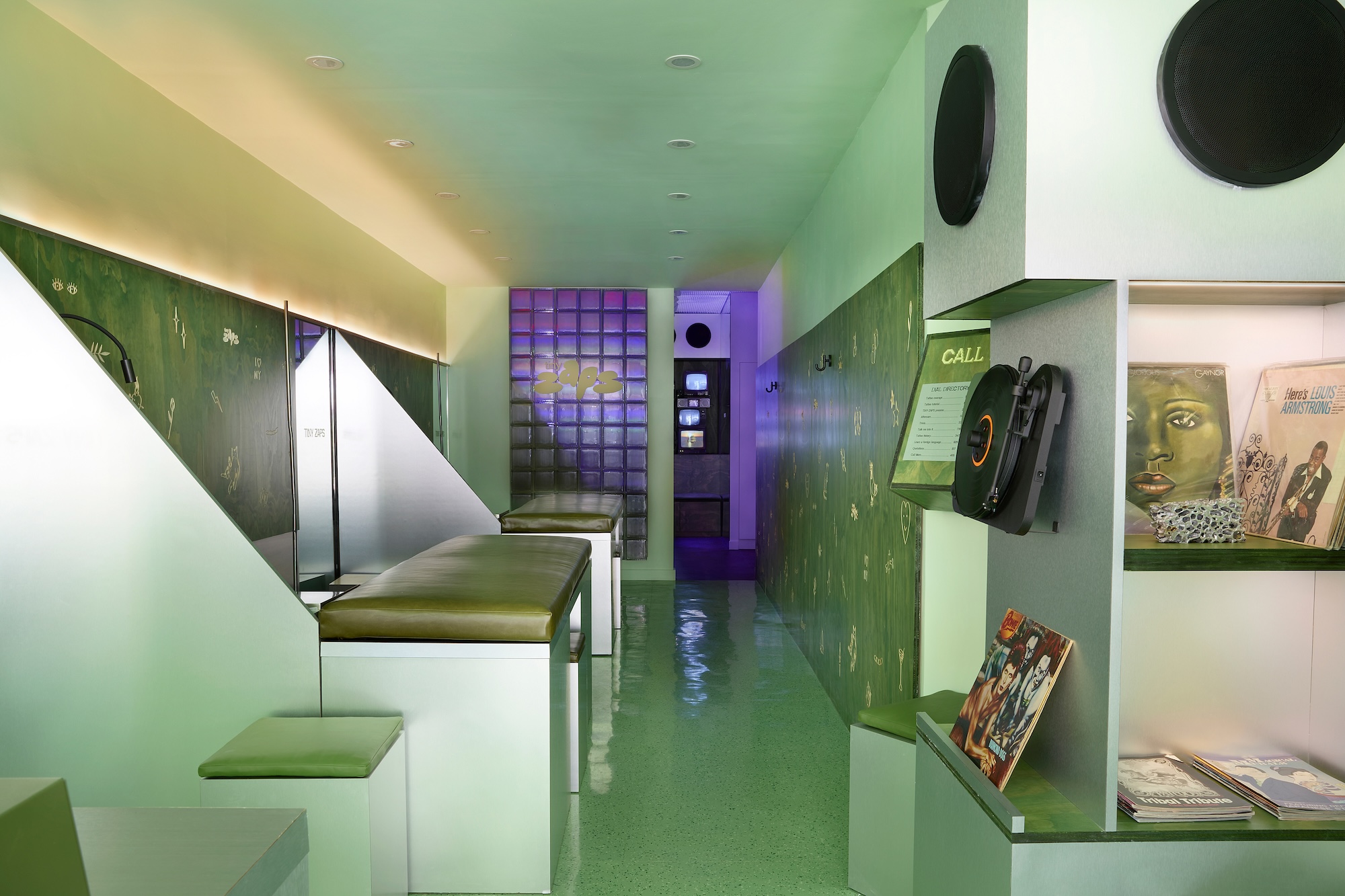 Terrified to get inked? This inviting Brooklyn tattoo parlour is for people who are 'a little bit nervous'
Terrified to get inked? This inviting Brooklyn tattoo parlour is for people who are 'a little bit nervous'With minty-green walls and an option to 'call mom', Tiny Zaps' Williamsburg location was designed to tame jitters
-
 Let’s hear it for the Chopard L.U.C Grand Strike chiming watch
Let’s hear it for the Chopard L.U.C Grand Strike chiming watchThe Swiss watchmaker’s most complicated timepiece to date features an innovative approach to producing a crystal-clear sound
-
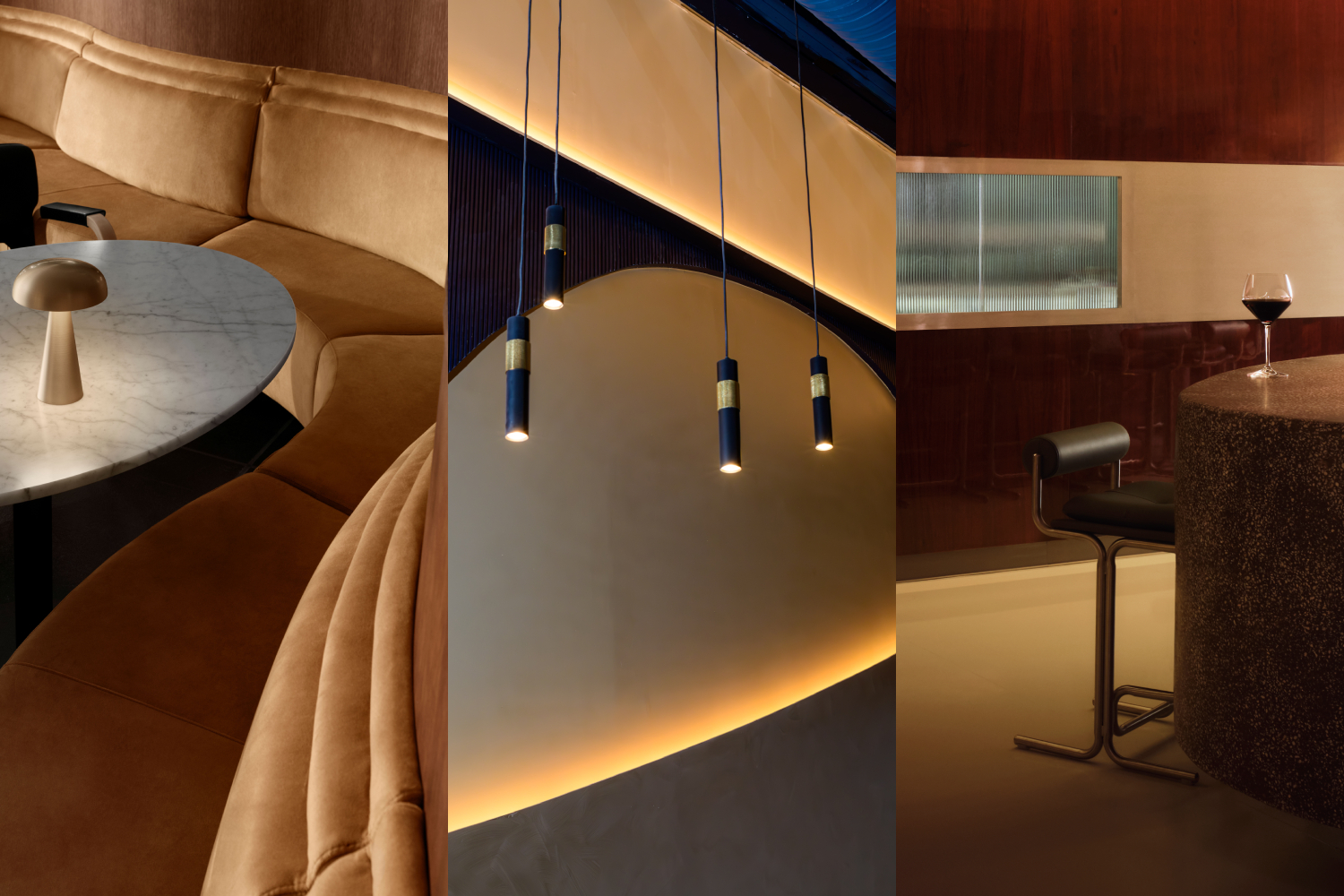 Form... and flavour? The best design-led restaurant debuts of 2025
Form... and flavour? The best design-led restaurant debuts of 2025A Wallpaper* edit of the restaurant interiors that shaped how we ate, gathered and lingered this year
-
 A day in Ahmedabad – tour the Indian city’s captivating architecture
A day in Ahmedabad – tour the Indian city’s captivating architectureIndia’s Ahmedabad has a thriving architecture scene and a rich legacy; architect, writer and photographer Nipun Prabhakar shares his tips for the perfect tour
-
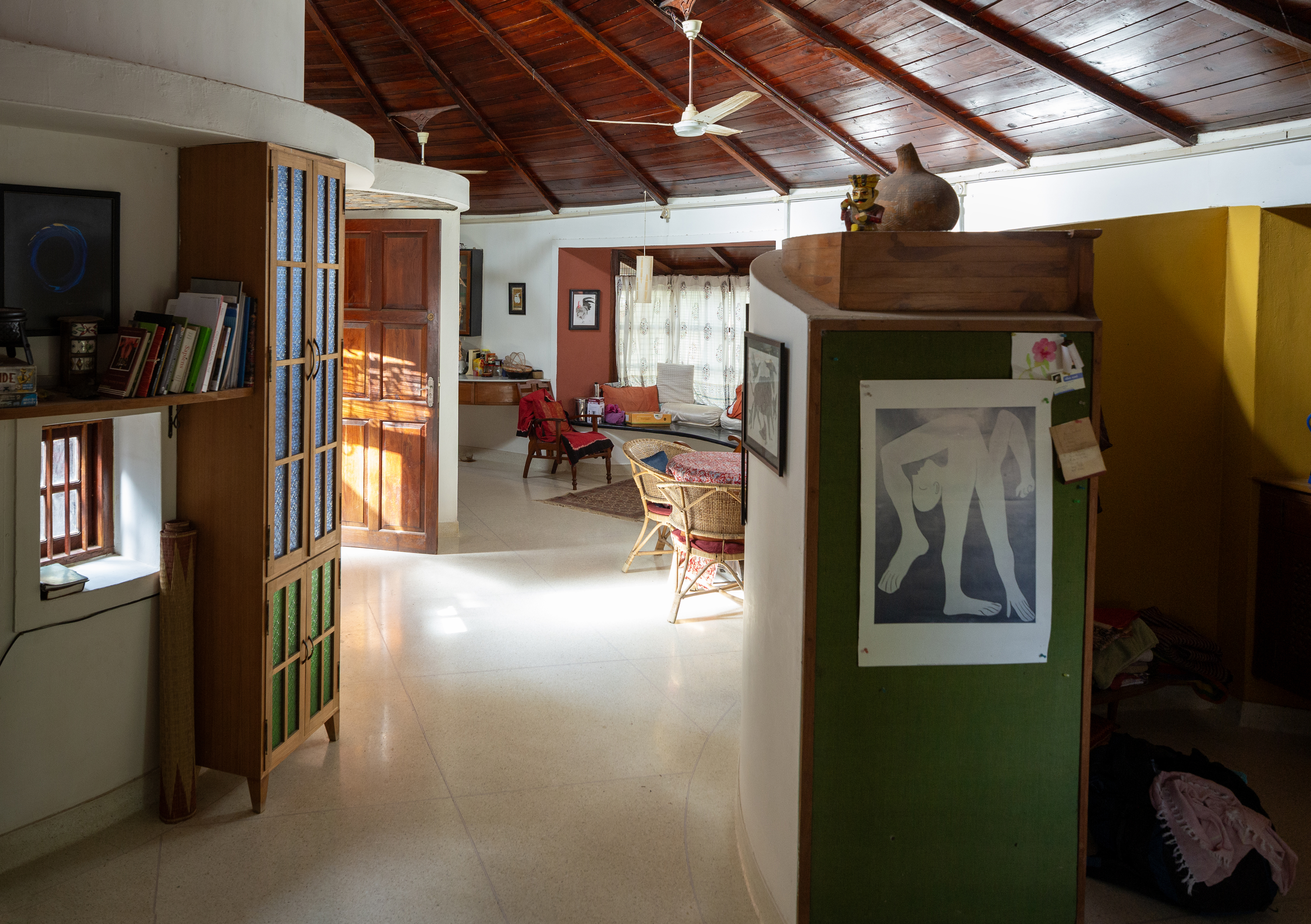 Inside a creative couple's magical, circular Indian home, 'like a fruit'
Inside a creative couple's magical, circular Indian home, 'like a fruit'We paid a visit to architect Sandeep Virmani and social activist Sushma Iyengar at their circular home in Bhuj, India; architect, writer and photographer Nipun Prabhakar tells the story
-
 The Architecture Edit: Wallpaper’s houses of the month
The Architecture Edit: Wallpaper’s houses of the monthFrom wineries-turned-music studios to fire-resistant holiday homes, these are the properties that have most impressed the Wallpaper* editors this month
-
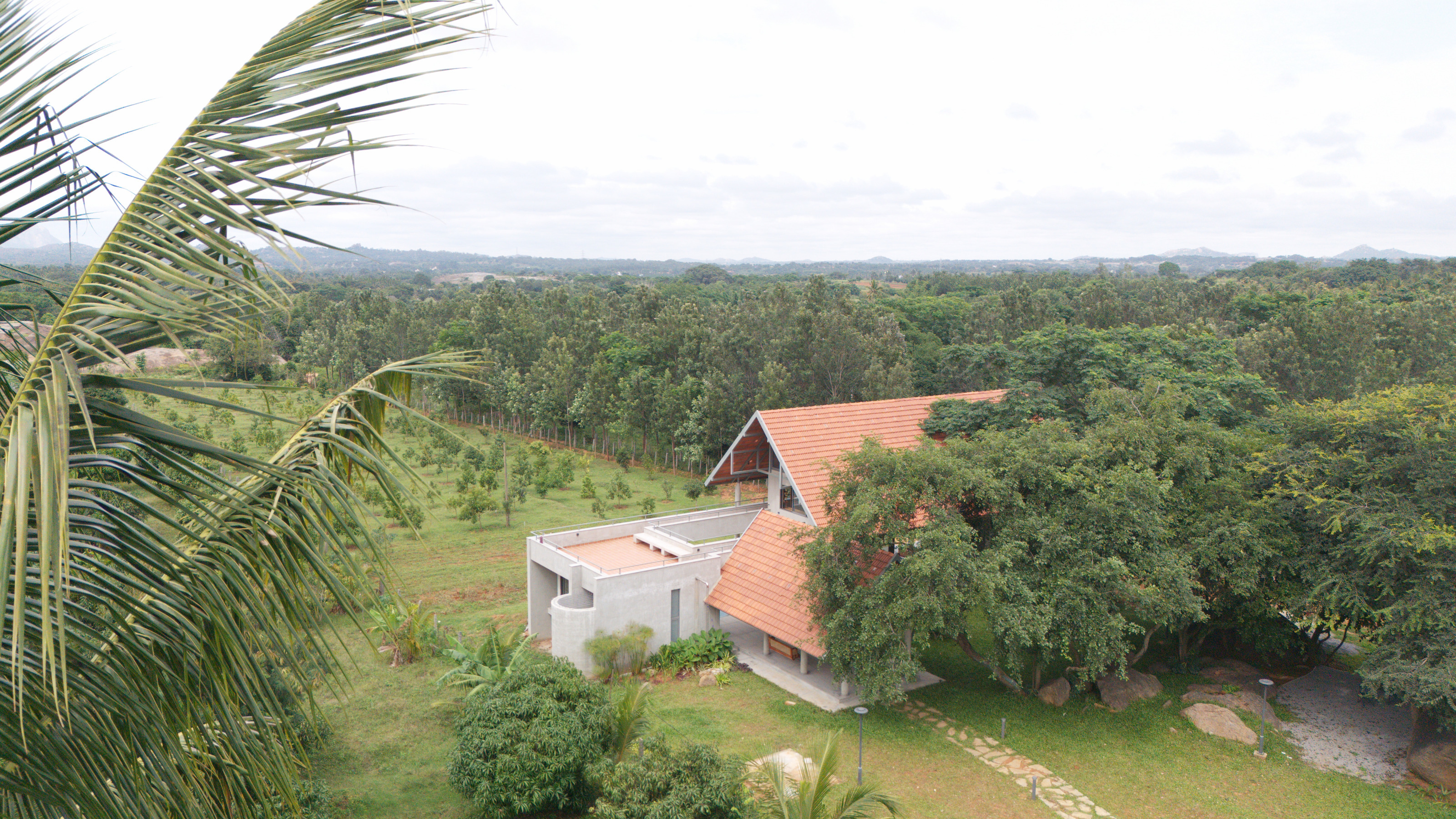 A refined Indian country residence reimagines the farmhouse
A refined Indian country residence reimagines the farmhouseSet among Karnataka’s rolling fields and forest, House by the Grove by Taliesyn Design & Architecture combines modern materials with an open approach to the elements
-
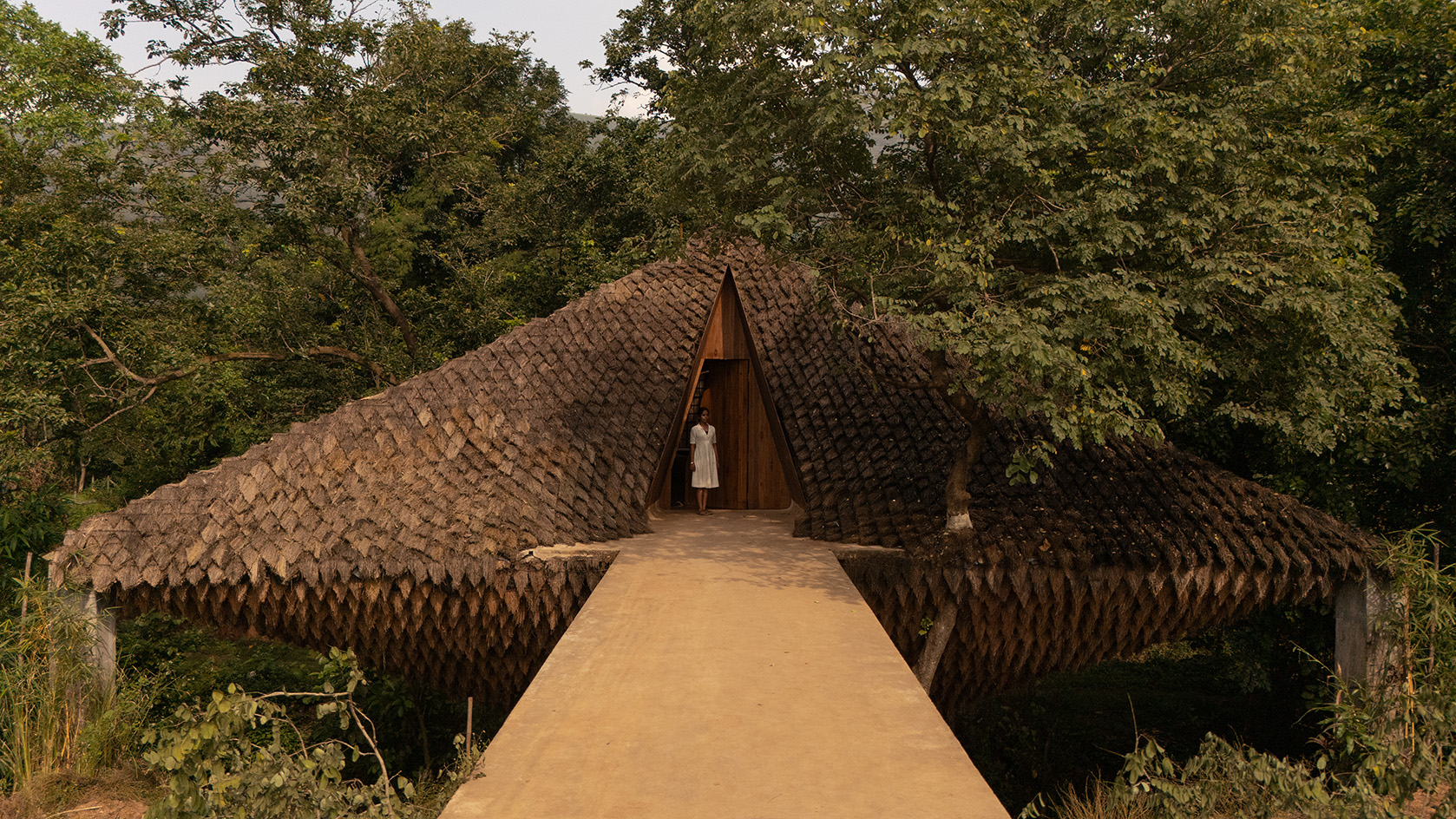 Half bridge, half home: Wallmakers’ latest project takes architecture to daring new heights
Half bridge, half home: Wallmakers’ latest project takes architecture to daring new heightsHovering above a forest stream in Maharashtra, Bridge House pushes the limits of engineering and eco-conscious design
-
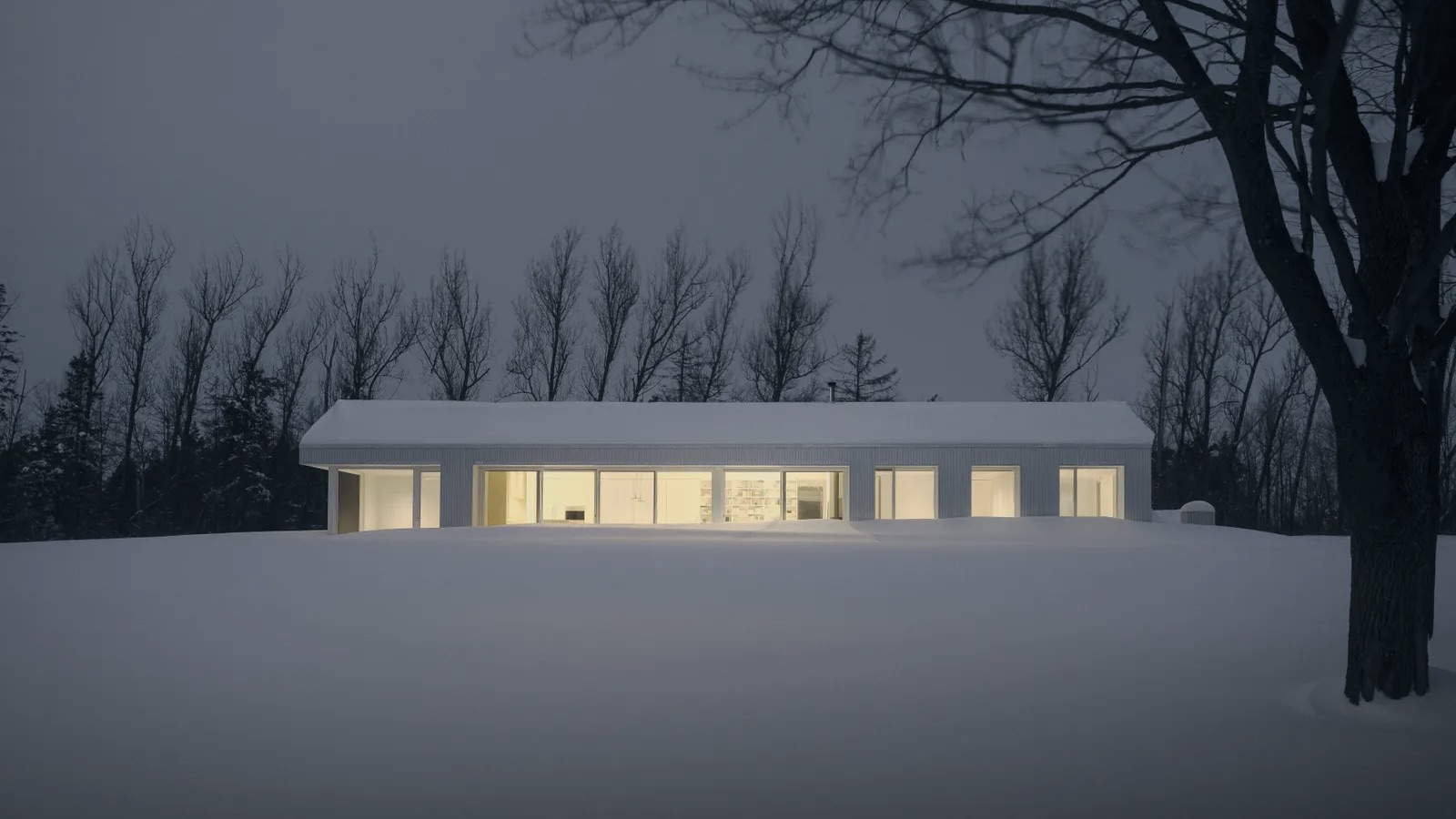 The Architecture Edit: Wallpaper’s houses of the month
The Architecture Edit: Wallpaper’s houses of the monthFrom Malibu beach pads to cosy cabins blanketed in snow, Wallpaper* has featured some incredible homes this month. We profile our favourites below
-
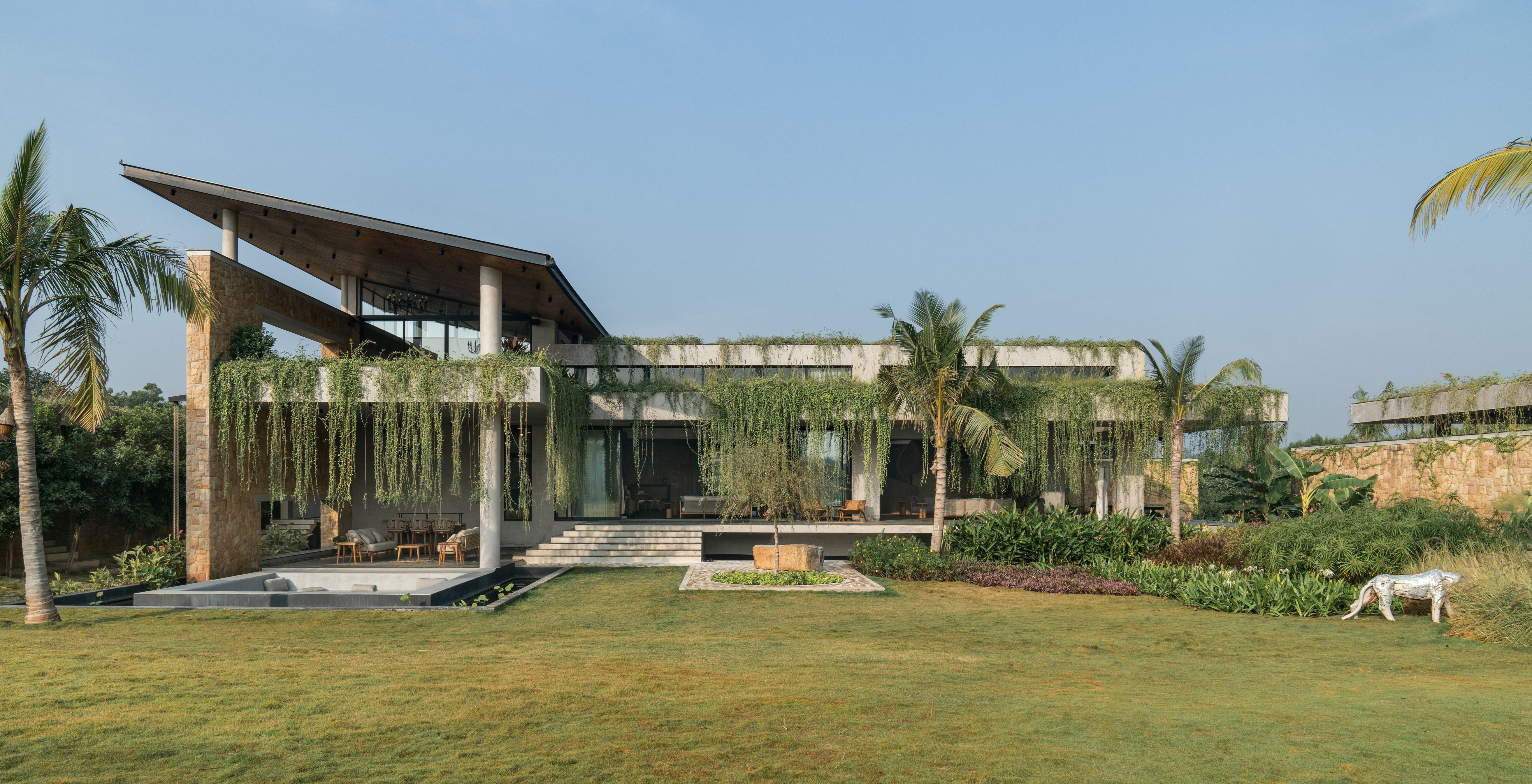 Cascading greenery softens the brutalist façade of this Hyderabad home
Cascading greenery softens the brutalist façade of this Hyderabad homeThe monolithic shell of this home evokes a familiar brutalist narrative, but designer 23 Degrees Design Shift softens the aesthetic by shrouding Antriya in lush planting
-
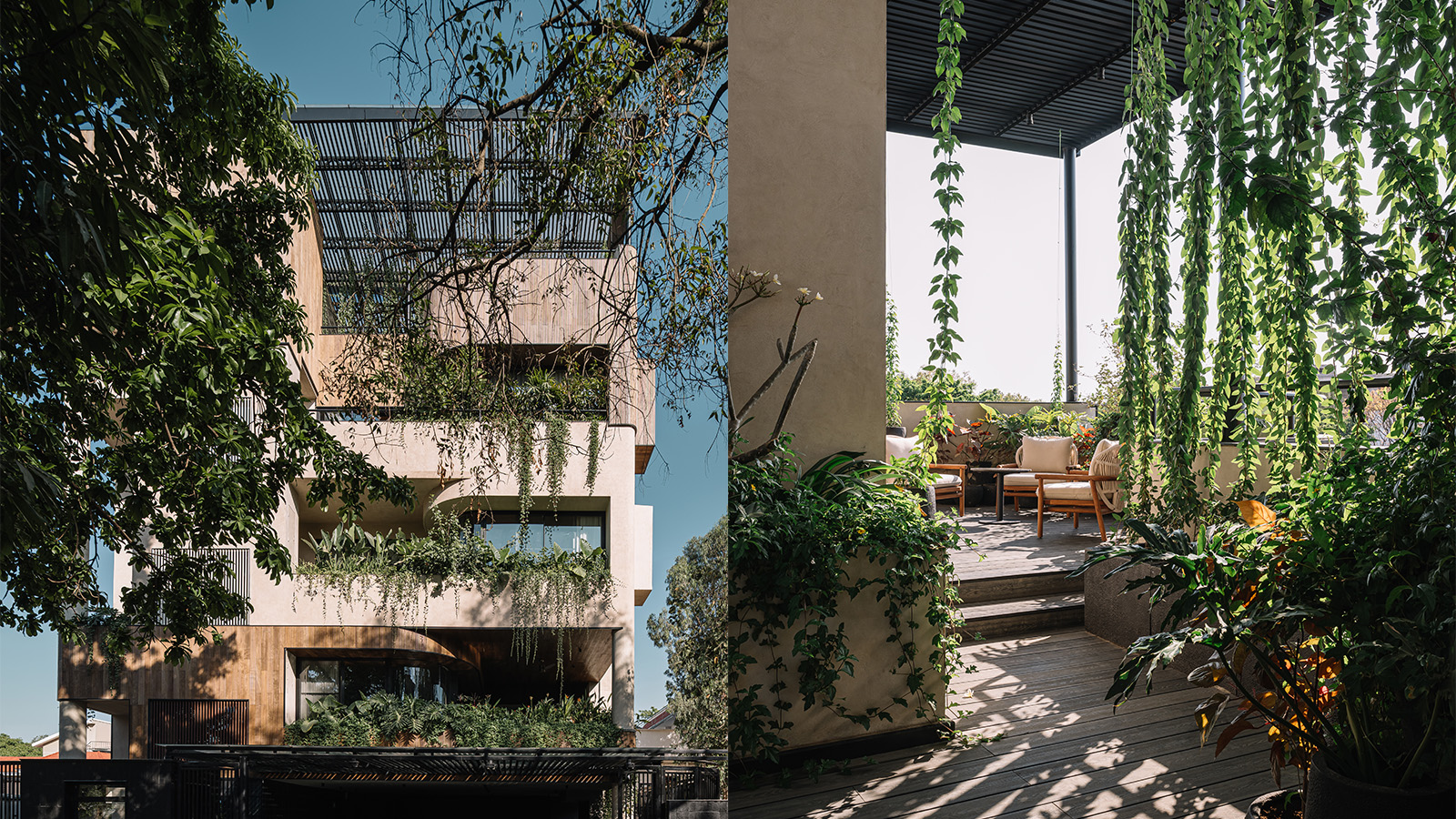 A lush Bengaluru villa is a home that acts as a vessel for nature
A lush Bengaluru villa is a home that acts as a vessel for natureWith this new Bengaluru villa, Purple Ink Studio wanted gardens tucked into the fabric of the home within this urban residence in India's 'Garden City'